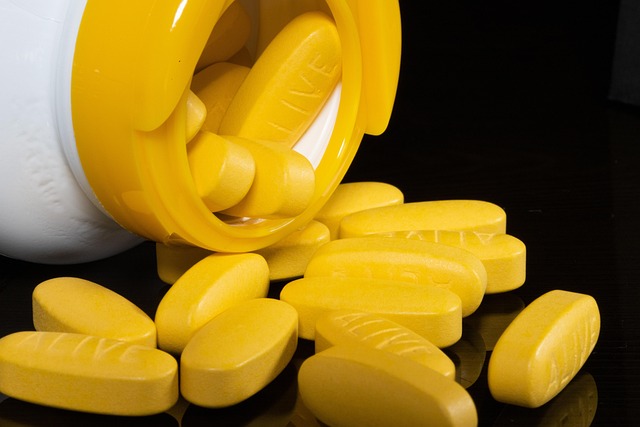Parkinson's Disease and Autophagy: A Crucial Connection

Parkinson's Disease (PD) is a progressive neurodegenerative disorder primarily known for impairing motor control. A key pathological feature is the buildup of misfolded proteins, especially alpha-synuclein, within brain cells. Autophagy, essentially the cell's internal recycling and waste disposal system, is vital for clearing these potentially toxic protein clumps. When this 'cellular cleanup crew' malfunctions, protein aggregates accumulate, damaging neurons and ultimately contributing to the cell death that underlies PD symptoms.
What is Autophagy and Why is it Essential?
Autophagy (from Greek, meaning 'self-eating') is a fundamental quality control process found in nearly all plant and animal cells. It involves capturing and breaking down unwanted or damaged components – like worn-out organelles (the cell's 'organs'), misfolded proteins, and invasive microbes. This recycling process provides raw materials and energy, ensuring cellular health and resilience. Dysfunctional autophagy is implicated not only in neurodegenerative conditions like Parkinson's but also in cancer, metabolic disorders, and aging.
The Autophagy Process: A Simplified Flow
While complex, the core steps of autophagy include:
- Signal & Initiation: Cellular stress triggers the formation of an initial membrane structure (phagophore).
- Cargo Recognition & Engulfment: The phagophore expands, selectively engulfing the targeted cellular material (e.g., protein aggregates, damaged mitochondria).
- Autophagosome Formation: The phagophore closes around the cargo, forming a complete double-membrane vesicle called an autophagosome.
- Fusion with Lysosome: The autophagosome travels and fuses with a lysosome, an organelle filled with digestive enzymes.
- Degradation & Recycling: Inside the resulting autolysosome, the cargo is broken down into basic molecules (amino acids, fatty acids) that the cell can reuse.
Key Genes Linking Parkinson's and Autophagy Malfunction

Research has identified several genes whose mutations increase the risk of Parkinson's Disease, and many of these directly impact the autophagy pathway. For instance:
- *SNCA* Gene: Produces alpha-synuclein. While not directly an autophagy gene, excessive or misfolded alpha-synuclein can overwhelm and impair the autophagy system.
- *LRRK2* Gene: Mutations are a common genetic cause of PD. Mutant LRRK2 protein can interfere with several steps in autophagy, including the movement of autophagosomes and lysosomal function.
- *Parkin* (*PARK2*) and *PINK1* (*PARK6*) Genes: These genes are crucial for 'mitophagy' – the specific autophagic removal of damaged mitochondria. Mutations impair this vital cleanup, leading to cellular stress and damage, particularly in the energy-demanding neurons affected in PD.
- *GBA1* Gene: Mutations affect the function of lysosomes, the final destination for autophagic breakdown. Impaired lysosomes lead to a backlog in the recycling process, contributing to protein accumulation.
Understanding how these genetic variations disrupt cellular cleaning processes provides crucial insights into PD development and potential therapeutic targets. Measuring autophagy activity accurately in patients remains challenging, often requiring complex analysis of multiple protein markers and cellular flux.
Boosting Autophagy: A Therapeutic Avenue for Parkinson's?
Enhancing the cell's natural ability to clear alpha-synuclein and damaged components via autophagy is a major focus of PD research. Strategies being investigated include:
- Pharmacological Induction: Developing drugs that stimulate key autophagy pathways (e.g., mTOR inhibitors like rapamycin analogs, or compounds like trehalose).
- Gene Therapy: Aiming to correct faulty genes or boost the expression of key autophagy regulators in affected brain regions.
- Lifestyle Factors: Research suggests that exercise and certain dietary patterns (like caloric restriction or intermittent fasting, under medical guidance) may naturally enhance autophagy, although more studies are needed to confirm benefits specifically for PD progression.
Future Research: Refining Autophagy-Based Strategies
Ongoing research aims to pinpoint precisely how autophagy, including specialized forms like mitophagy, falters in different PD subtypes. A critical need is the development of reliable biomarkers to measure 'autophagic flux' (the overall efficiency of the process) in patients, allowing doctors to monitor disease progression and treatment response. Ultimately, the goal is to develop personalized therapies that can restore healthy autophagy function tailored to an individual's genetic makeup and disease characteristics.
